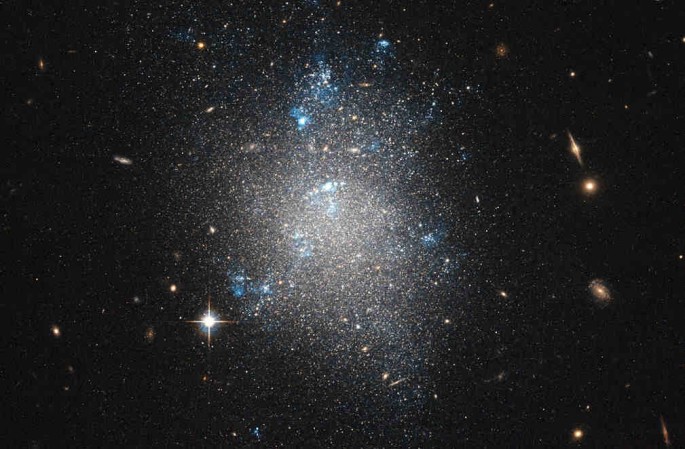With the use of the Dark Matter Survey results, a group of astronomers from University of Cambridge was able to identify nine new satellite galaxies in the Milky Way. These dwarf companions have been seen orbiting the Milky Way, near the Small and Large Magellanic Cloud- the two most popular and largest dwarf galaxies ever existed.
Dr. Sergey Koposov, the lead author of the study said, "The discovery of so many satellites in such a small area of the sky was completely unexpected," the University of Cambridge published. "I could not believe my eyes," he added.
The team is highly confident in the identification of the three out of nine dwarf galaxies; however, the other six could either be globular clusters that possess similar visual properties to that of the dwarf galaxies, but are not joined together with what has been hypothesized as dark matter or just some more dwarf galaxies.
This discovery is important; it is not just what most people think of as star gazing. The abundance of dark matter in the dwarf galaxies, constituting 99 percent, make it an ideal subject for testing existing assumptions that involve the dark matter and its behavior.
Dr. Vasily Belokurov, a co-author of the study, said "Dwarf satellites are the final frontier for testing our theories of dark matter. We need to find them to determine whether our cosmological picture makes sense."
These new discoveries were possible because of the Dark Energy Survey, a project that used a Dark Energy Camera and lasted five years, the io9 shared. The camera, a 570-megapixel device, was mounted on the Victor M. Blanco telescope positioned in the Andes, Chile.



























